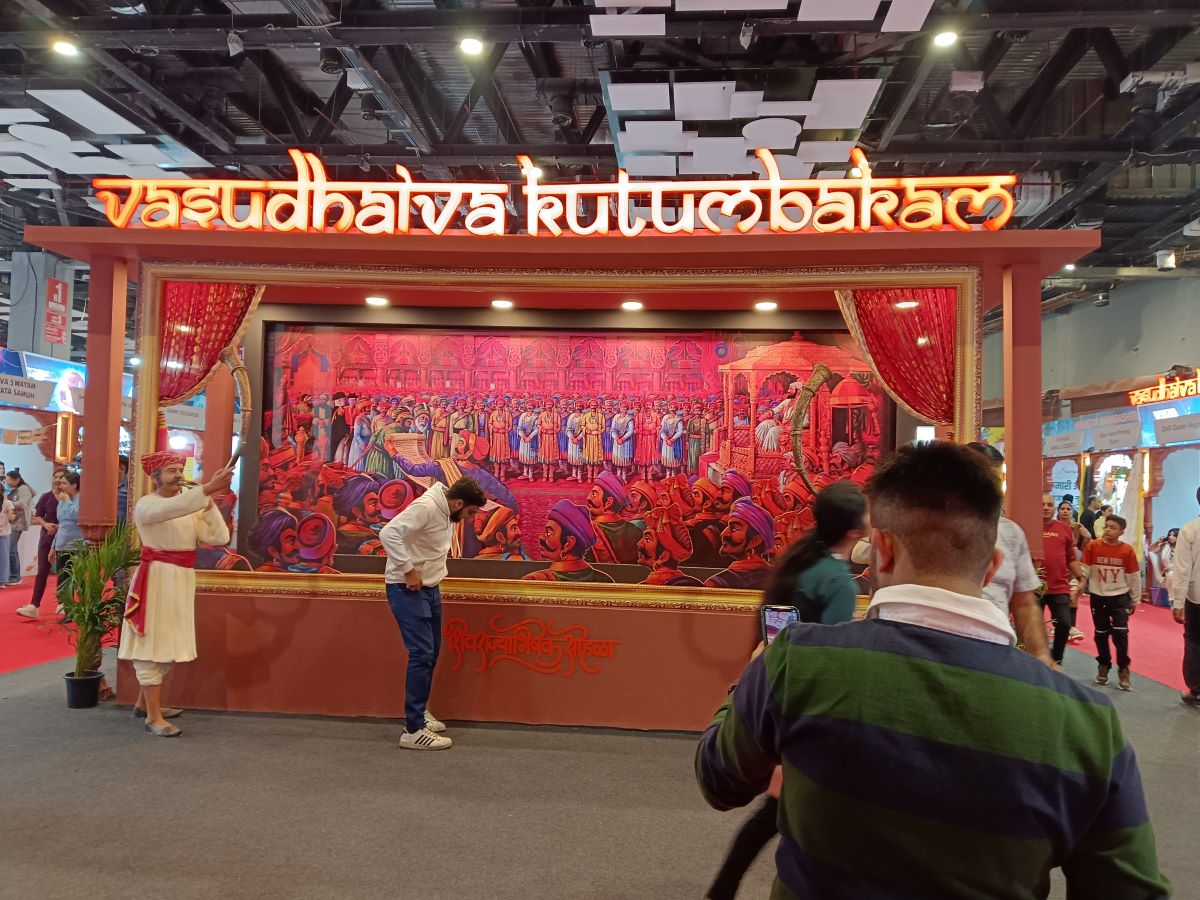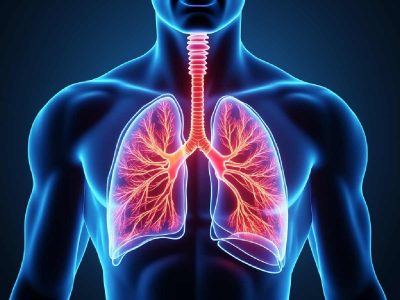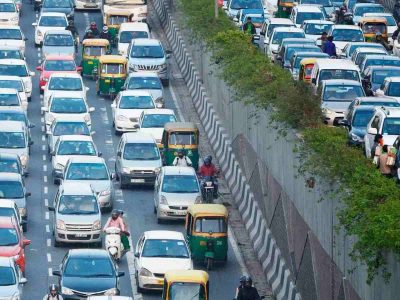A group of curious attendees flock to the Digital Indian Pavilion at the India International Trade Fair, engaging representatives with digital platform usage concerns. The pavilion at Hall No. 5 stands as a focal point, showcasing pioneering initiatives like UPI, e-Sanjeevani, Bhashini, and Digilocker.
“Many are aware of these initiatives but express hesitance in using some due to concerns,” Jahnvi, a representative at the Digilocker section, told Patriot. “For instance, regarding Digilocker, queries commonly revolve around the safety of documents and data. We provide insights into the underlying technology. Some are familiar with these apps and technologies but lack proper knowledge about their usage,” she elaborates.
At the Bhashini section, a visitor tries to translate Bengali text into English. Bhashini, the government’s national language translation project, aims to facilitate easy access to the Internet and digital services in various Indian languages, augmenting content availability.
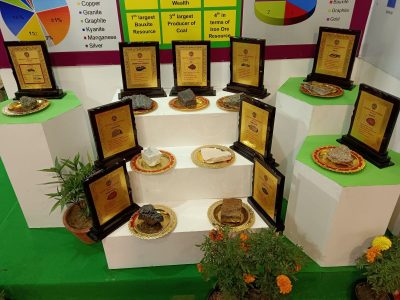
“While many are familiar with technologies like UPI and Digilocker, there’s limited awareness about e-Sanjeevani and Bhashini. Of all initiatives, Bhashini garners the least recognition. Hence, inquiries primarily revolve around app downloading, languages available, and inclusion of foreign languages,” explains a representative.
Presently, the application comprises three features: text, converse, and voice. The text function supports translation into 22 Indian languages, while the converse and voice functions cover 13 languages, thereby enhancing linguistic accessibility and comprehension.
“Most are surprised to learn about the capability to translate between two Indian languages,” said the representative.

The representatives at the e-Sanjeevani section note that people are familiar with the application but seek information about its newer version.
“We’ve observed people using the app since the pandemic, yet they’re eager to learn about the updates in the newer version and its compatibility with diverse healthcare systems, along with affordability,” said Aniket, one of the representatives.
He said that the app’s user base surged from 3200 in November 2019 to 175.73 million by November this year. The app facilitates assisted teleconsultations for rural patients by connecting them with doctors and specialists in secondary/tertiary health facilities.
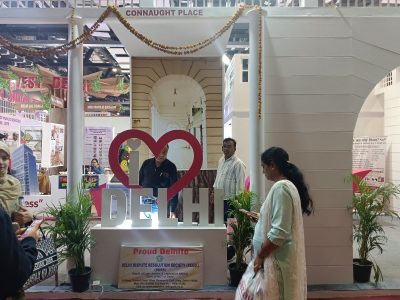
The India International Trade Fair, inaugurated on November 14 and concluding on November 27, opened to the general public on November 19. The fair, featuring Delhi, Jammu and Kashmir, Maharashtra, and Jharkhand as focus states, champions the theme “Vasudhaiva Kutumbakam – United by Trade”.
At the Delhi pavilion, a prominent signboard proclaiming “I love Delhi” captures visitors’ attention. The pavilion’s theme on Connaught Place features a grand structure of the Akshardham temple at its heart. It celebrates the city’s inclusive culture, emphasising festivities like Chhath Puja, Diwali, and Eid.
At the Jammu and Kashmir pavilion, which showcases products ranging from dry fruits to an array of shawls, two artisans—Muhammad Shafi Bhat, renowned for Kani shawls, and Bashir Ahmad Bhat, known for Sozni Pashmina Shawls—are engrossed in teaching the intricate art forms of the state.

“People approach us with a keen interest in learning these arts. They’re captivated by the intricate details required to create these products,” Shafi told Patriot.
At the Jharkhand pavilion, visitors are fascinated by the Department of Mines and Geology’s display of diverse natural rocks. Amid various artistic products, traditional attire, and cuisine, visitors are particularly drawn towards the exhibited rocks, often handling them and seeking more information.
“We’ve heard about Jharkhand’s resource richness, but this is our first encounter with these resources in person, albeit in prototype form,” said Subhan Khan, a visitor from Delhi.
The trade fair features products from regions and states across India and other countries such as Afghanistan, Vietnam, Tunisia, Kyrgyzstan, Lebanon, Iran, Bangladesh, Oman, Egypt, Nepal, Thailand, Turkey, and the UAE.
While some visitors were held back from shopping by the pricing, certain other stalls experienced heavy footfall. The ‘Dubai Suit’
stall, where women’s suits were on sale for Rs 1199, attracted throngs of customers.

In Hall No. 12, predominantly showcasing cosmetic and skin care products, people busied themselves in testing products of various kinds.
The fair also hosted various street plays, including some by different ministries, aimed at raising awareness about their services. Additionally, cultural programs held at the amphitheatre attracted people from diverse backgrounds.
The programs included puppet shows, ghazals, folk music, and classical recitals.
“The cultural programs at the trade fair are always a major draw. It’s an opportunity for all of us to delve into diverse art forms across the country. The inclusivity is striking, offering experiences we might not encounter by merely visiting these represented places,” said visitor Uday Singh, attending the fair for the second time this year.

